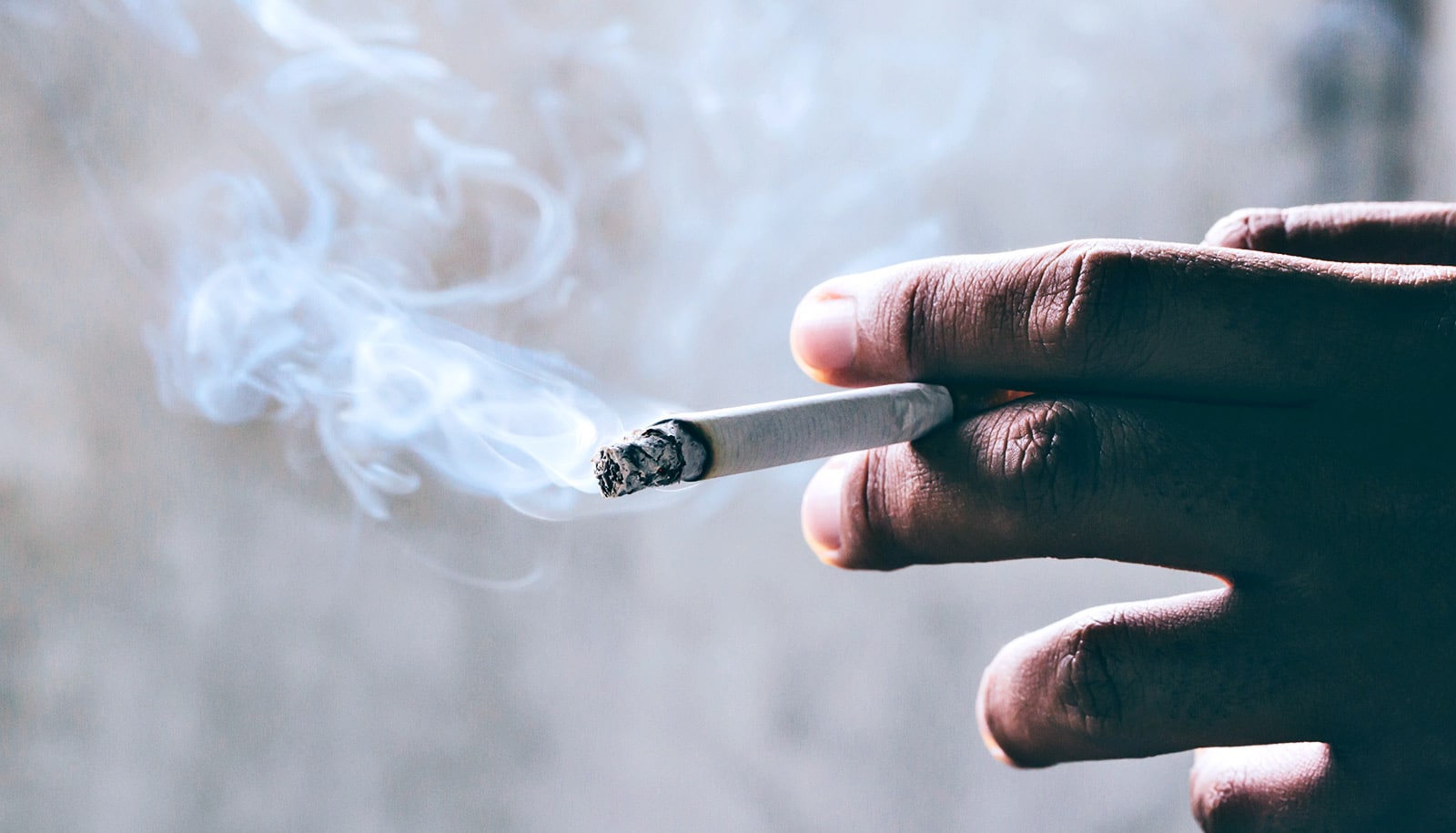Many inmates want to quit smoking but don’t always have access to smoking cessation programs in state prisons.
The absence of these kinds of programs increases the risk—especially among black male inmates—of cancer, heart disease, stroke, and other smoking-related diseases, according to researchers.
For a new study, which appears in Health Psychology Open, the researchers examined smoking behaviors and characteristics of 169 black and non-black male inmates in three state correctional facilities in the Northeast US to identify racial differences in their smoking behaviors and motivation to quit.
They found several smoking behavior trends, including:
- Smoking rates are high among both black and non-black inmates, who began or continued to smoke in prison.
- Both groups want to quit smoking, although black smokers are slightly more interested.
- Inmates most frequently use cigarettes, but use other products, including pipes, cigars, and chew/snuff.
- Menthol cigarette use is high among both groups.
- Among people in both groups who had tried to quit smoking, many indicated it had been at least a year or more since they last attempted to quit, and a majority of smokers in both groups who were able to quit relapsed within less than a year.
- A majority of people in both groups had not used any form of smoking cessation treatment to help them quit.
- More than half of people in both groups say their cellmate smokes around them.
Some previous studies suggest that black male smokers—both in and out of prison—are less likely to respond to treatment than other racial and ethnic groups despite their stronger desire to quit.
“Our study will help health researchers and smoking cessation treatment specialists to better understand the smoking behaviors of inmates—why they begin and continue to smoke—in order to better tailor and implement important cessation programs to assist them in quitting for life,” says lead author Pamela Valera, an assistant professor in the School of Public Health at Rutgers University.
Statistics show that black men are six times more likely to face prison than non-Hispanic white men. They also face higher rates of cigarette smoking both in and out of prison and are more likely to die from smoking-related diseases.
Given the high rates of tobacco related problems in US prisons and racial disparity, relapse to smoking is common among black inmates and black men returning to society, Valera says.
Further, prisons could add additional resources to help inmates quit smoking but many have instead introduced smoking bans, which don’t prevent them from returning to smoking after their release.
To help inmates quit, Valera’s recommendations include:
- Tobacco dependence treatments to help people quit using cigarettes and other tobacco products, including menthol cigarettes, which are popular among black smokers in and out of prison.
- Prison-wide smoking cessation programs that reduce negative peer influence and help inmates who want to quit smoking live with cellmates who still smoke.
- Encourage inmates who have quit smoking to have positive influence on other inmates.
“Despite the number of different smoking cessation aids available, less than half of the people in both study groups had a medical professional in prison talk to them about quitting,” she says. “Many of these inmates want to quit. They just lack the means and understanding on how to do so.”
Source: Rutgers University



